15 Back Eye Susan Bare-root | Rudbeckia Hirta, Pollinator-Friendly, Golden Flowers
Original price was: $60.99.$34.99Current price is: $34.99.
Add vibrant color to your garden with Black Eyed Susan (Rudbeckia Hirta) bare-root. Features stunning golden-yellow flowers and attracts pollinators. Perfect for borders and containers.
Estimated arrival
Dec 29
Jan 03 - Jan 05
Jan 08 - Jan 12
Reasonable Price
We offer reasonable price

Support 24/7
Contact us 24 hrs a day

100% Money Back
You've 30 days to Return

Payment Secure
100% secure payment
Black Eyed Susan (Rudbeckia Hirta) Bare-Root: Vibrant Blooms for Your Garden
The Black Eyed Susan (Rudbeckia Hirta) is a beloved, pollinator-friendly wildflower, celebrated for its bold, golden-yellow blooms and distinctive dark “black eye” center. Native to eastern North America, these robust plants thrive in USDA Zones 3 to 9, making them an excellent choice for a wide array of garden settings. These bare-root plants generally bloom from June to August, filling landscapes with vibrant flowers that attract bees, butterflies, and other valuable pollinators. Add a touch of wildflower charm to your garden with this easy-to-grow perennial.
The Rudbeckia Hirta typically grows between 1 to 3 feet in height and features striking 2 to 3-inch flowers with a contrasting dark center. Its ability to self-seed allows it to propagate easily, potentially spreading to create a colorful carpet across your garden. These wildflowers thrive best in full sun to partial shade, adapting well to most soil types, though they flourish particularly well in well-drained, moderately moist soil. The golden blooms provide a visually stunning contrast against the dark centers, enhancing any garden’s aesthetic appeal.
Perfect for landscaping, border plantings, or even container gardening, the Black Eyed Susan also makes an excellent cut flower, bringing natural beauty to indoor spaces. As a native plant, it not only supports local ecosystems but also adds a natural, wildflower charm to any garden. Easy to grow from bare roots, these plants establish quickly and require minimal maintenance, making them ideal for both beginner and experienced gardeners. Planting Rudbeckia Hirta is a great way to encourage biodiversity and support local wildlife.
Whether your goal is to brighten up your garden borders or create a stunning butterfly garden, the Black Eyed Susan is an essential addition for any pollinator-friendly landscaping project. Its drought tolerance, once established, ensures that it can withstand varying weather conditions. Planting bare-root Black Eyed Susans is a cost-effective way to add beauty and ecological benefits to your outdoor areas. These plants are not only visually appealing but also contribute to the health and sustainability of your local ecosystem.
Key Features and Benefits:
- Pollinator-Friendly: Attracts bees, butterflies, and other beneficial insects, supporting a healthy garden ecosystem.
- Vibrant Blooms: The golden-yellow flowers with dark centers create a striking contrast and enhance garden aesthetics.
- Easy to Grow: Bare-root plants are easy to establish and thrive in most soil types, perfect for beginners.
- Self-Seeding: These wildflowers readily self-seed, spreading and multiplying year after year with minimal care.
- Versatile Landscaping Plant: Perfect for borders, butterfly gardens, containers, or naturalized landscapes.
Frequently Asked Questions (FAQs)
Q1: How should I plant the Black Eyed Susan bare-root?
A1: Black Eyed Susan plants thrive in full sun to partial shade. Plant the bare-root 1-2 inches below the soil surface, spaced about 12-18 inches apart to allow room for growth. Water generously after planting to encourage root establishment.
Q2: When do Black Eyed Susans bloom?
A2: Rudbeckia Hirta generally blooms from June to August, showcasing bright golden-yellow flowers with a dark center, perfect for mid-summer color. Imagine your garden bursting with color during the peak summer months!
Q3: Are Black Eyed Susans easy to grow?
A3: Yes, Black Eyed Susans are low-maintenance and easy to grow. They are drought-tolerant once established, and their self-seeding nature means they come back year after year. This makes them a great choice for gardeners of all skill levels.
Q4: Do Black Eyed Susans attract pollinators?
A4: Absolutely! Black Eyed Susans are pollinator-friendly, attracting bees, butterflies, and other beneficial insects to your garden, making them an essential part of any pollinator garden. You’ll be contributing to a healthier local ecosystem while enjoying beautiful blooms.
Q5: Can I grow Black Eyed Susans in containers?
A5: Yes, Rudbeckia Hirta is an excellent choice for container gardens. Just ensure the container has good drainage and the plant receives enough sunlight to thrive. A container size of at least 12 inches in diameter is recommended.
Be the first to review “15 Back Eye Susan Bare-root | Rudbeckia Hirta, Pollinator-Friendly, Golden Flowers”
-
USDA Hardiness Zone
3-9 -
Soil Type
Well-drained, moderately moist -
Sunlight Exposure
Full sun to partial shade -
Expected Planting Period
Spring or Fall


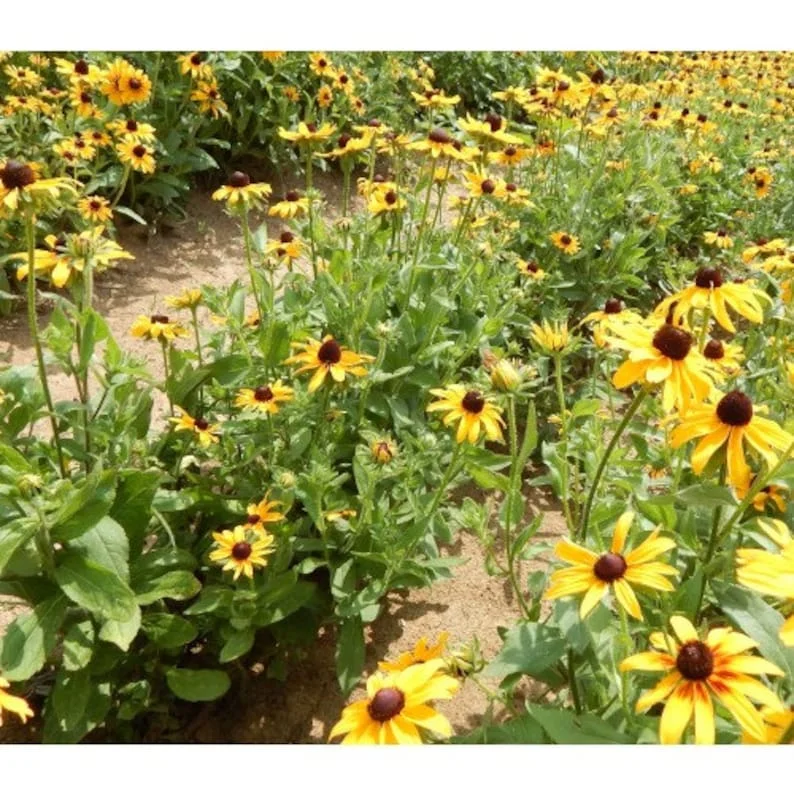
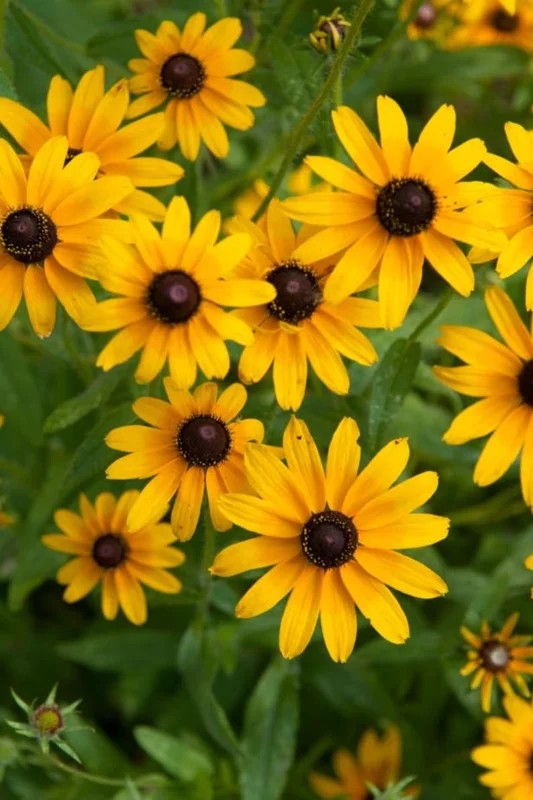
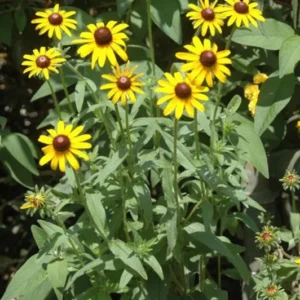
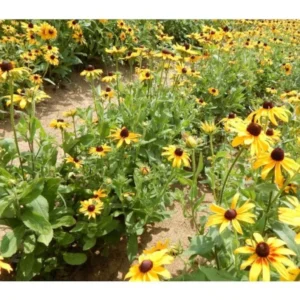
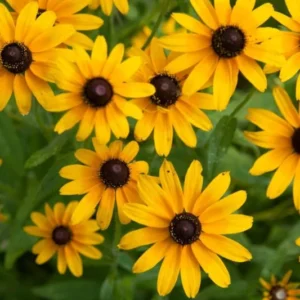

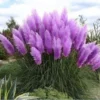


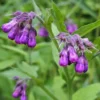
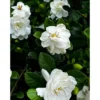
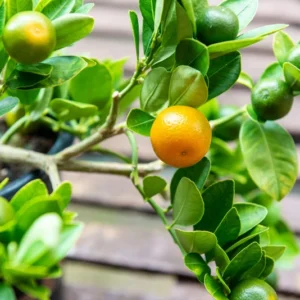
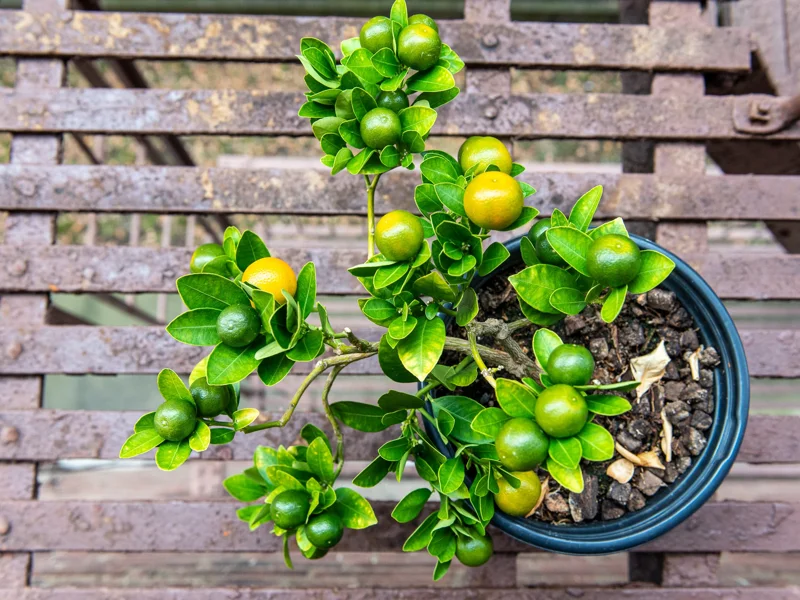
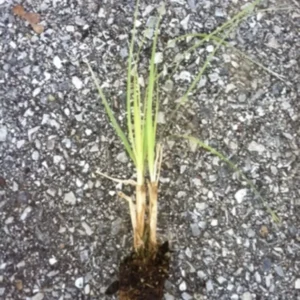
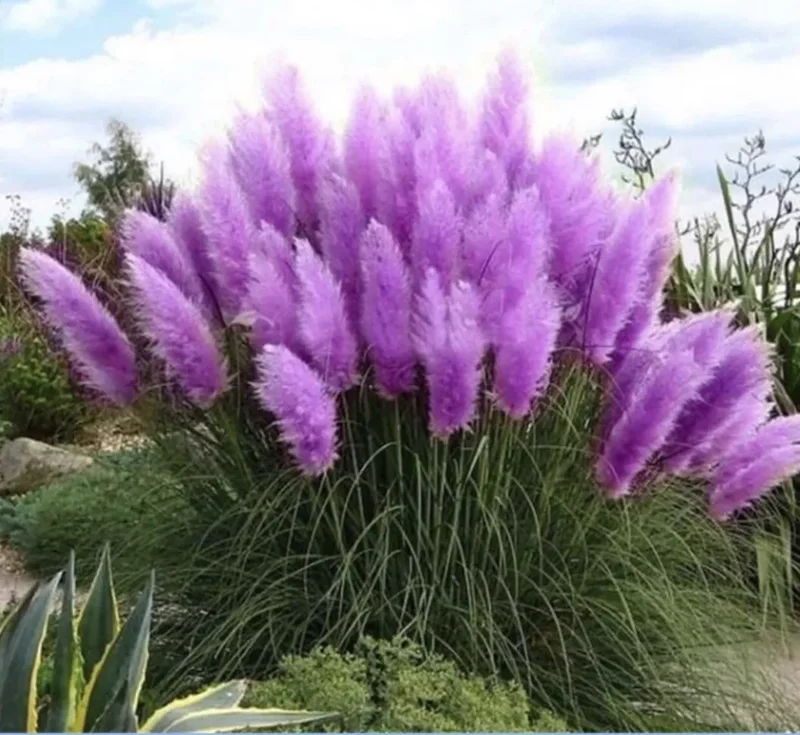
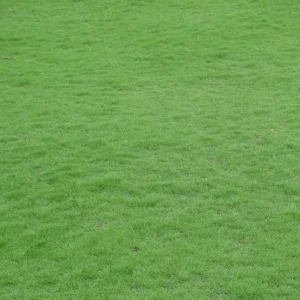

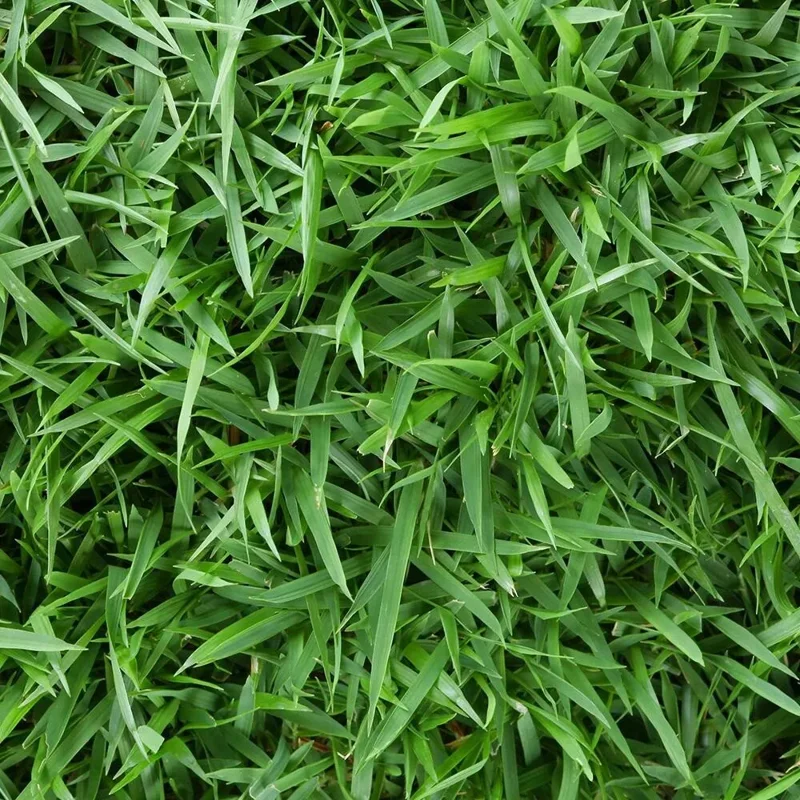
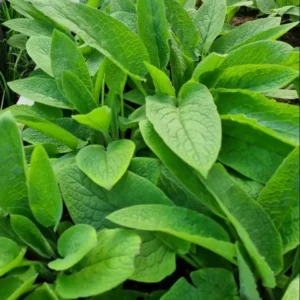
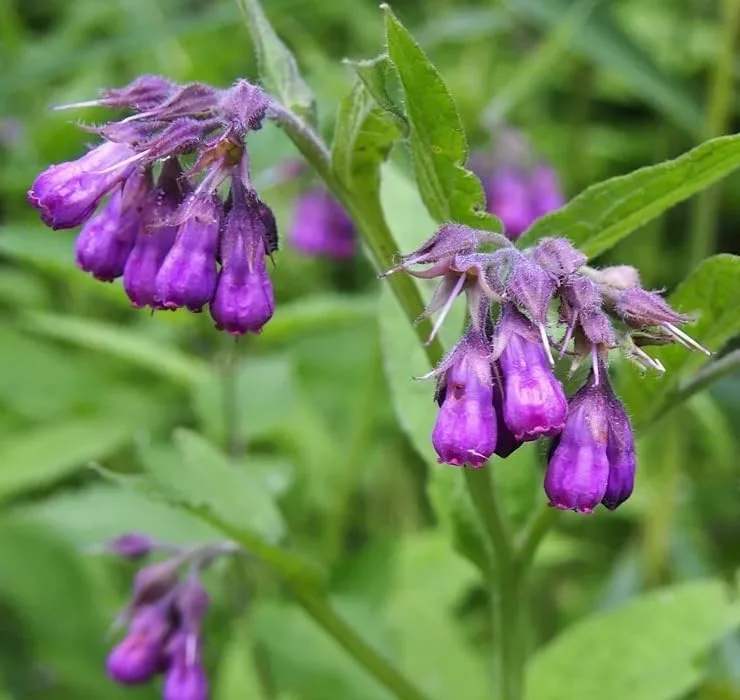

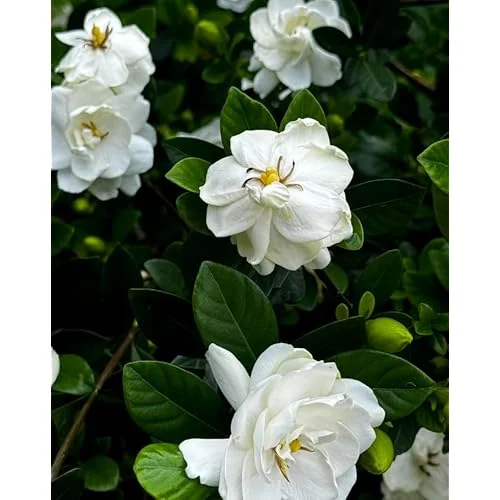
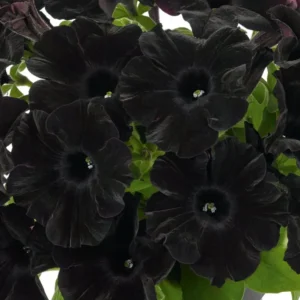
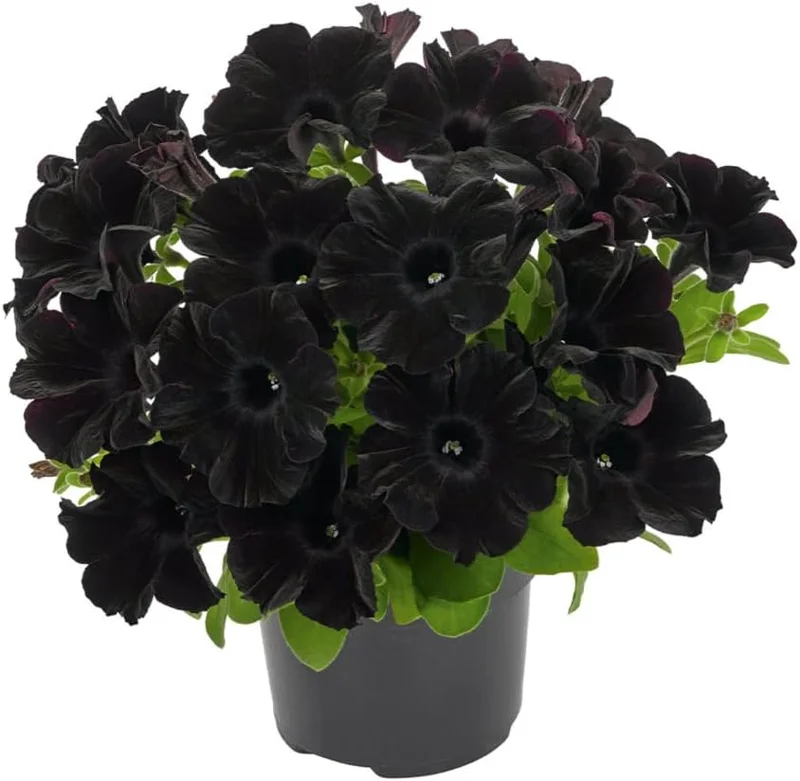
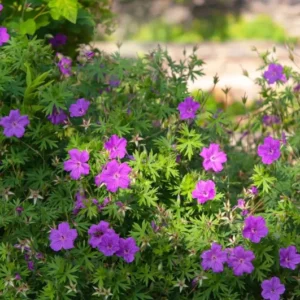
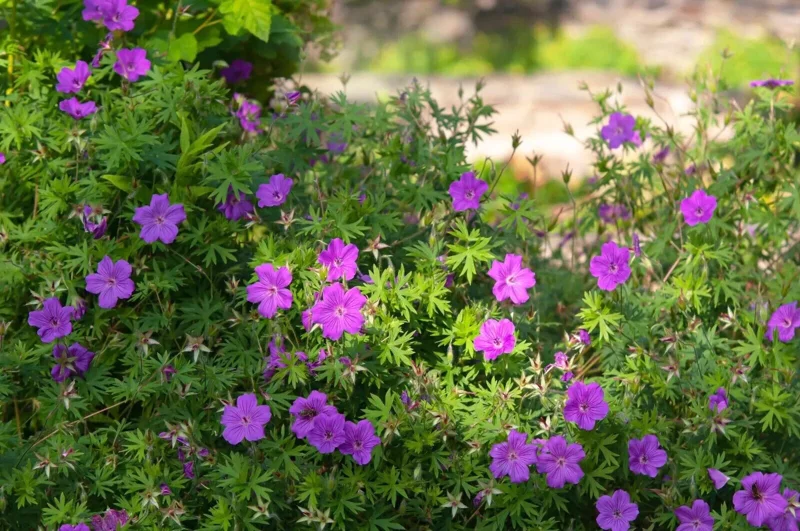
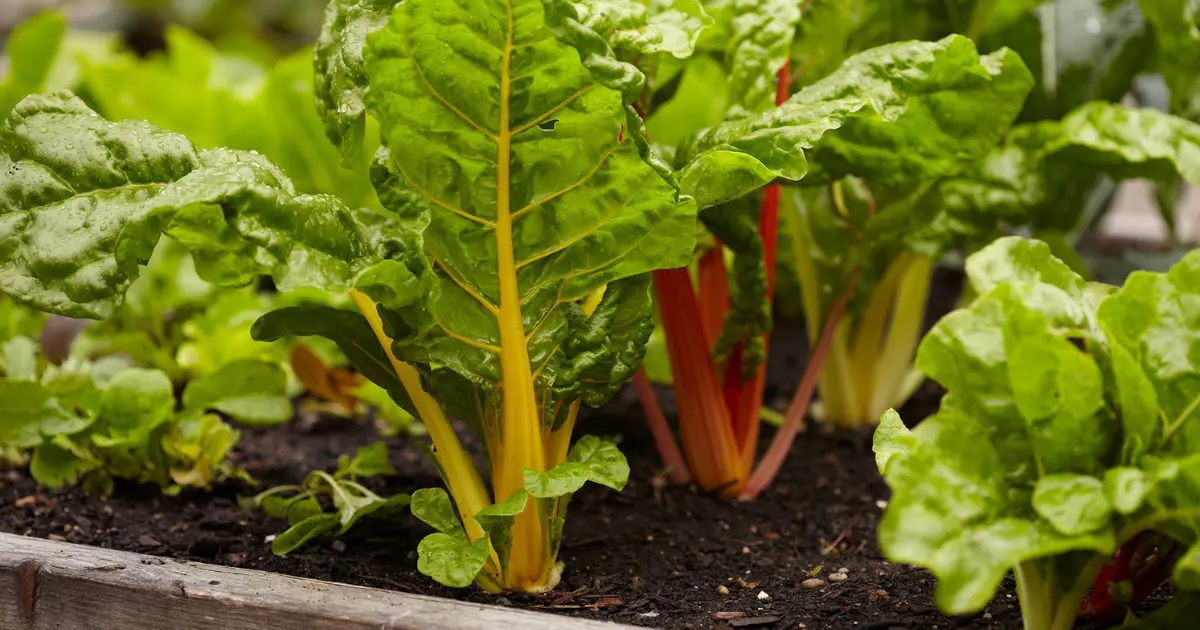
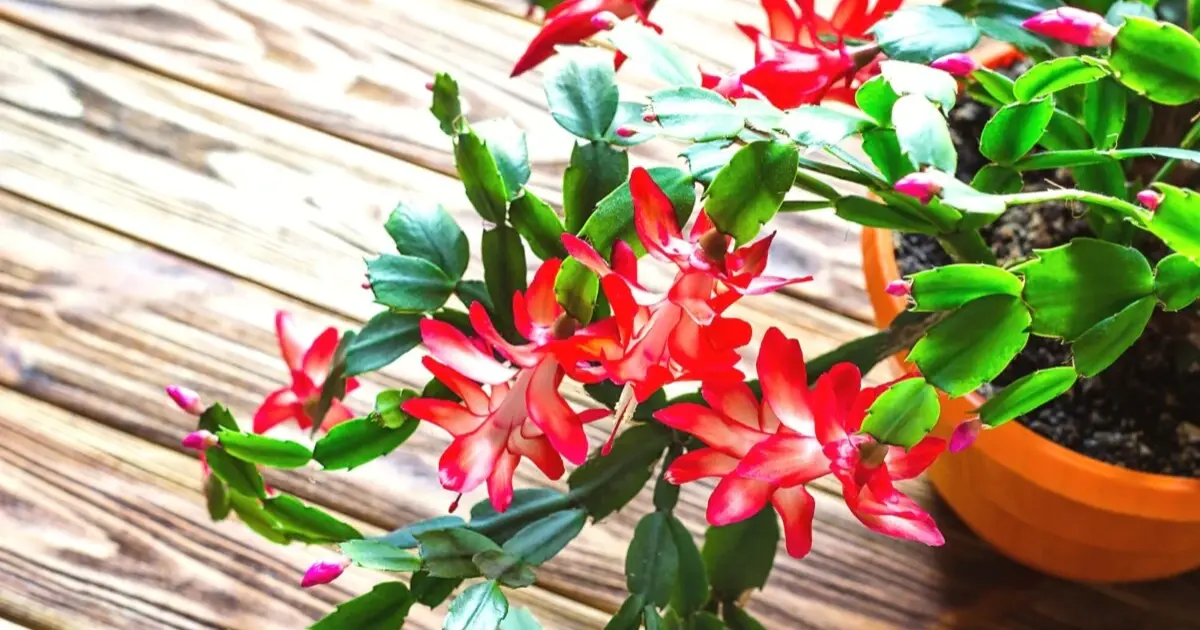
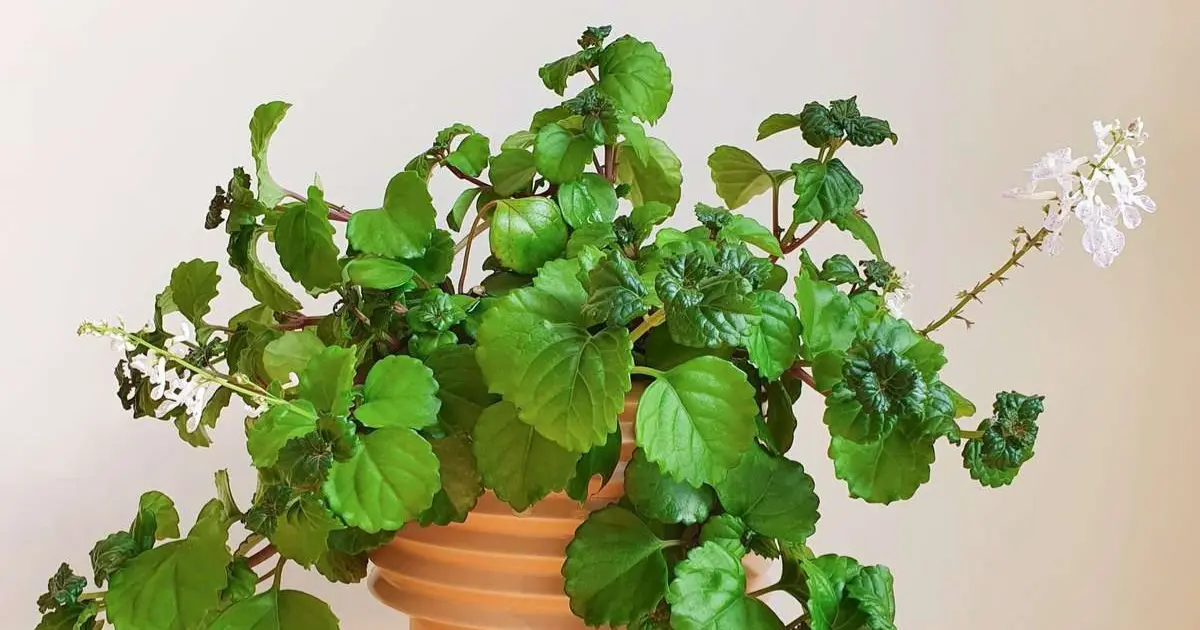
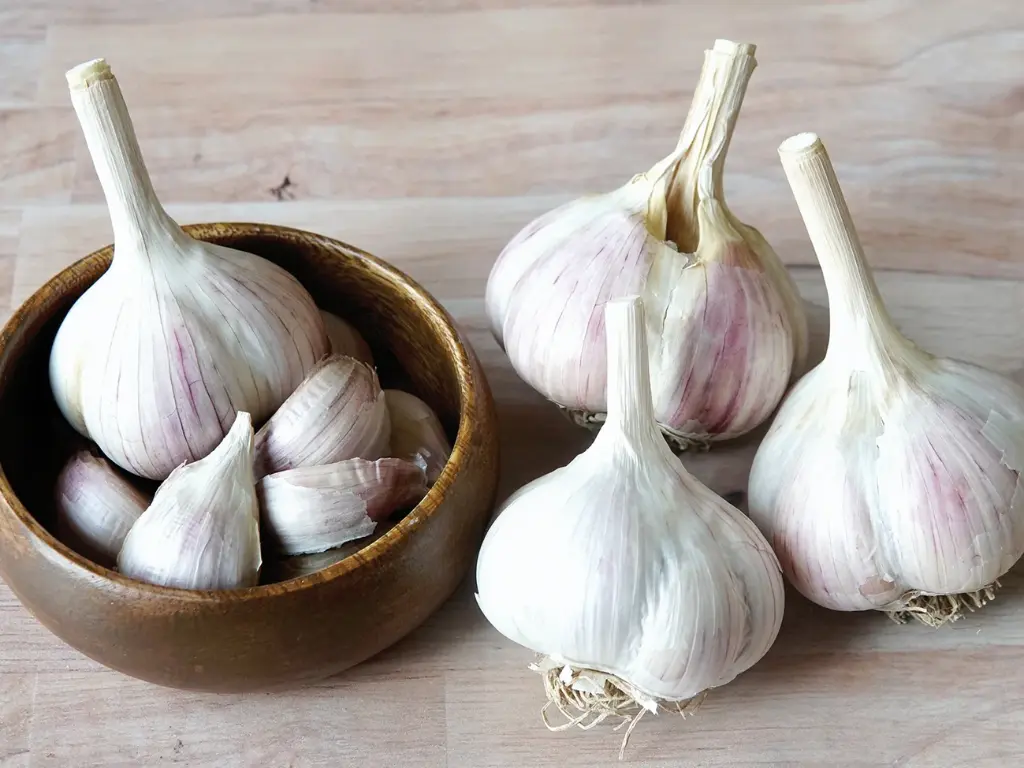
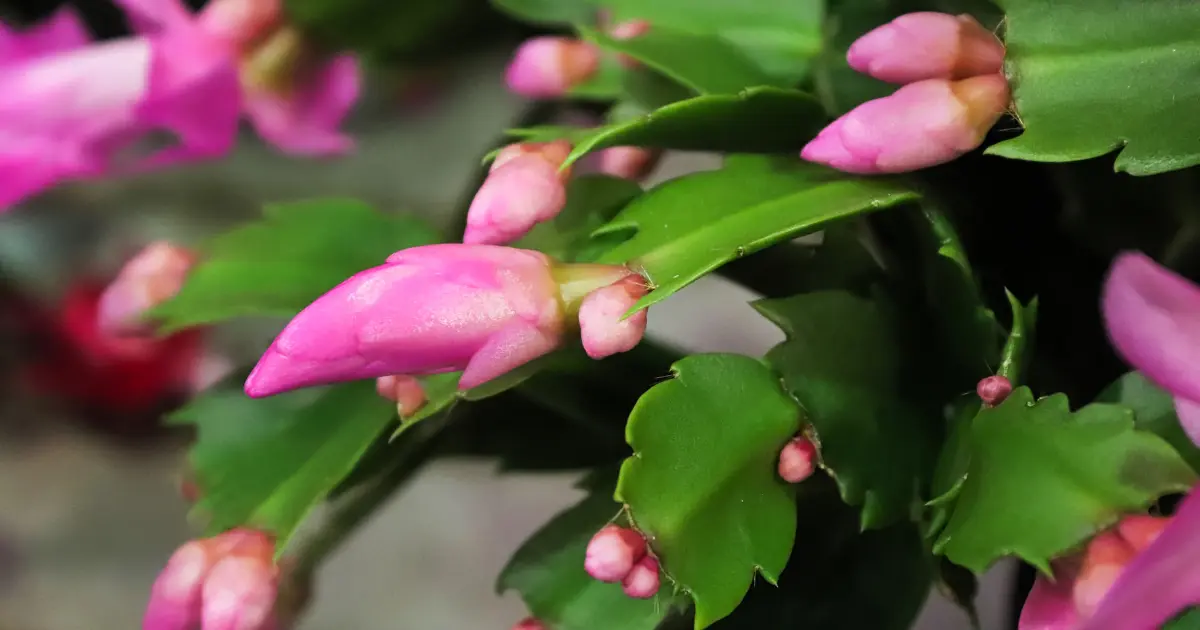

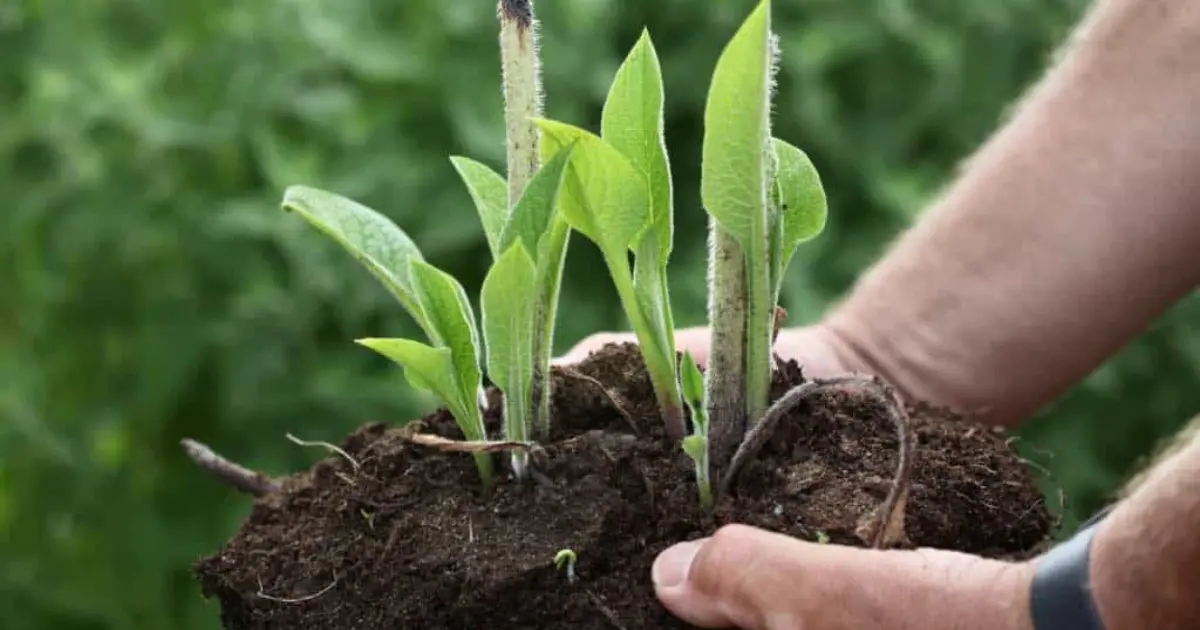
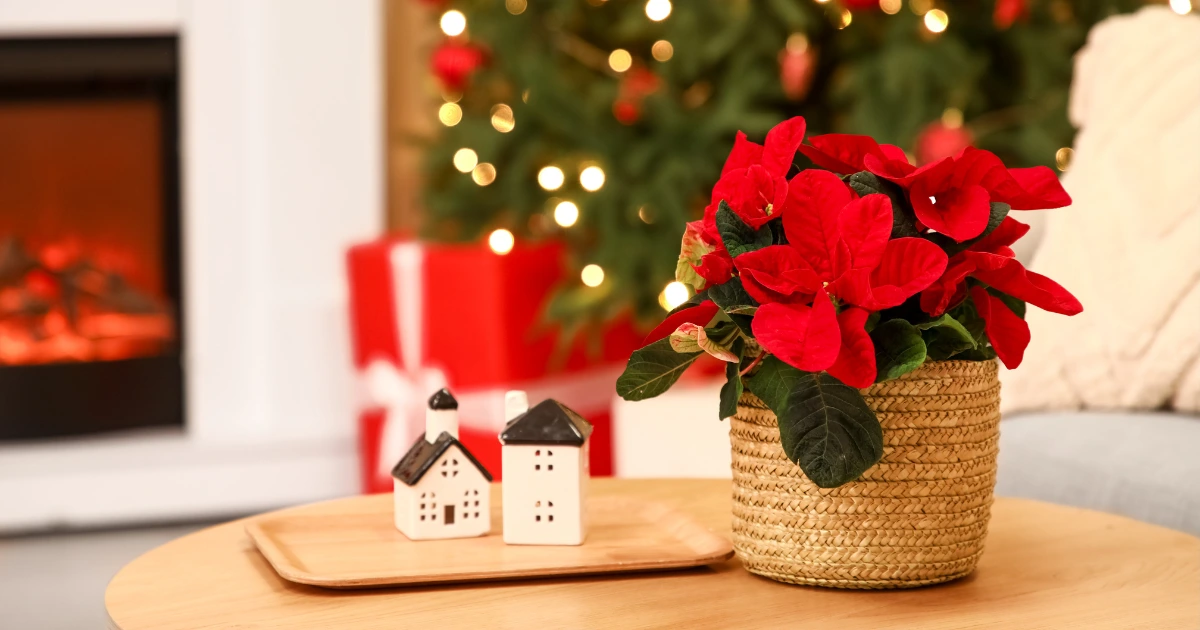
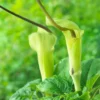

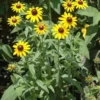
Reviews
There are no reviews yet.